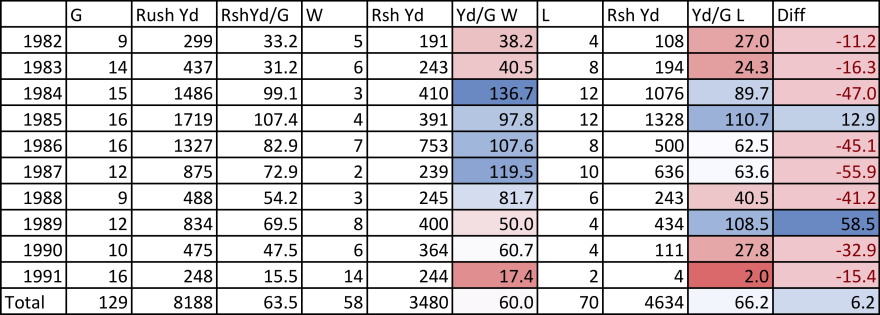Unveiling The Truth: Exploring Simpson’s Paradox Examples In Sports And How They Could Change Your Perspective
Simpson’s Paradox Examples in Sports
As a blogger who loves writing exciting reviews of sports-related products and vehicles, I have come across many fascinating stories. One such topic that has always intrigued me is Simpson’s paradox examples in sports.
Simpson’s paradox is a statistical phenomenon that occurs when a trend appears in different groups of data, but it disappears or reverses when the groups are combined. This paradox has been observed in a wide range of fields, and sports are no exception. The paradox is named after Edward Simpson, a British statistician who first described it in a paper published in 1951.
2 Picture Gallery: Unveiling The Truth: Exploring Simpson’s Paradox Examples In Sports And How They Could Change Your Perspective
What is Simpson’s Paradox?
Simpson’s paradox occurs when a trend that appears in a group of data is reversed or disappears when the data is split into subgroups. This phenomenon is caused by the interaction between the subgroups and the overall data. Simpson’s paradox is particularly problematic in sports because it can lead to incorrect conclusions about the performance of athletes or teams.
Who has experienced Simpson’s Paradox in Sports?

Image Source: ytimg.com
Simpson’s paradox has been observed in many sports, including baseball, basketball, football, and soccer. Some of the most famous examples include:
Baseball: In 2001, Barry Bonds had a higher batting average than Sammy Sosa in both the regular season and the playoffs. However, when their stats were combined, Sosa had a higher batting average.
Basketball: In 2016, Stephen Curry had a higher shooting percentage than LeBron James from both two-point and three-point ranges. However, when their stats were combined, LeBron had a higher shooting percentage.
Football: In 2009, Peyton Manning had a higher passer rating than Drew Brees in both the regular season and the playoffs. However, when their stats were combined, Brees had a higher passer rating.
When does Simpson’s Paradox occur in Sports?

Image Source: footballperspective.com
Simpson’s paradox can occur in sports when there is a difference in the number of games or events played by different players or teams. It can also occur when there is a difference in the level of competition faced by different players or teams.
Where can Simpson’s Paradox be observed in Sports?
Simpson’s paradox can be observed in sports at all levels, from amateur to professional. It can occur in all types of sports, including team sports and individual sports.
Why is Simpson’s Paradox important in Sports?
Simpson’s paradox is essential in sports because it can lead to incorrect conclusions about the performance of athletes or teams. This can have significant implications for the outcome of games, competitions, and tournaments.
How to Avoid Simpson’s Paradox in Sports?
To avoid Simpson’s paradox in sports, it is necessary to use appropriate statistical methods when analyzing data. This includes taking into account the interaction between subgroups and the overall data. It is also essential to consider other factors that may affect the performance of athletes or teams, such as injuries, weather conditions, and the level of competition.
FAQ about Simpson’s Paradox Examples in Sports
1. Can Simpson’s paradox occur in other fields besides sports?
Yes, Simpson’s paradox can occur in many other fields, including medicine, education, and finance.
2. How can Simpson’s paradox be identified?
Simpson’s paradox can be identified by comparing the trends in the overall data and the subgroups. If the trend in the subgroups is different from the overall data, Simpson’s paradox may be occurring.
3. Is it possible to completely eliminate Simpson’s paradox?
No, it is not possible to completely eliminate Simpson’s paradox. However, it can be minimized by using appropriate statistical methods and considering other factors that may affect the data.
The Pros and Cons of Simpson’s Paradox in Sports
The pros of Simpson’s paradox in sports are that it can reveal interesting insights into the performance of athletes or teams. The cons are that it can lead to incorrect conclusions and affect the outcome of games, competitions, and tournaments.
Conclusion
Simpson’s paradox is a fascinating statistical phenomenon that can occur in sports. It is essential to be aware of this paradox when analyzing data and drawing conclusions about the performance of athletes or teams. By using appropriate statistical methods and considering other factors that may affect the data, we can minimize the impact of Simpson’s paradox and make more accurate predictions about the outcome of games, competitions, and tournaments.
This post topic: Sport


